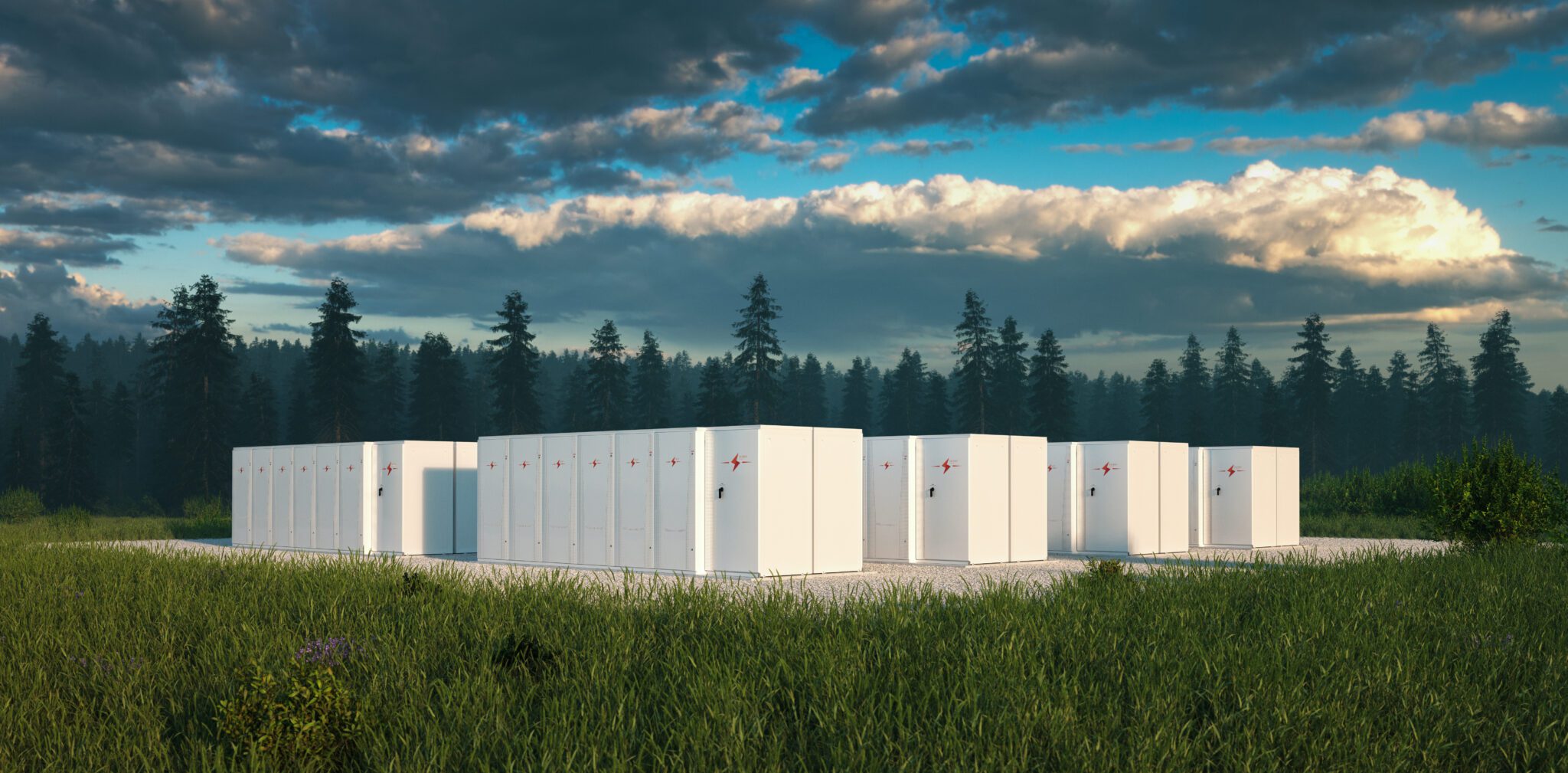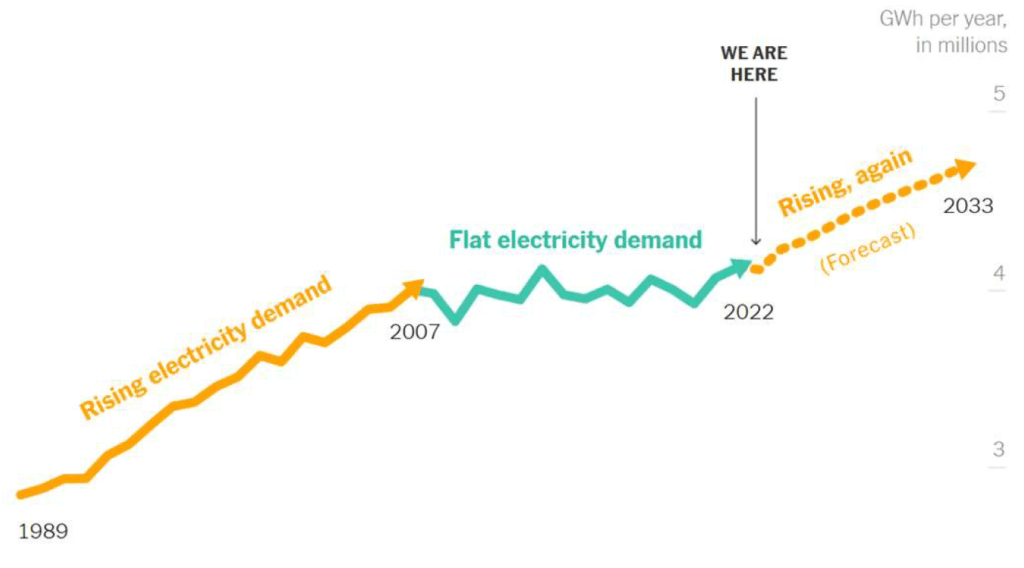Electric Storage Systems Advancing Alongside Solar Generation
Randy Sukow
|

Utility installation of large-scale energy storage systems have tended to be stand-alone projects. Rural electric cooperatives often use them to control costs during peak-demand hours. But a new report, Battery Storage in the United States: An Update on Market Trends, finds that solar generation and other alternative energy sources have become a major factor in battery storage decisions..
The report finds that storage system installation grew by 35 percent in 2020 to 1,650 megawatts (MW). It predicts that growth will continue at about the same rate through 2023, mainly in conjunction with solar projects.
“We expect the relationship between solar energy and battery storage to change in the United States over the next three years because most planned upcoming projects will be co-located with generation, in particular with solar facilities,” the report from the U.S. Energy Department’s Energy Information Administration (EIA) says. “If all currently announced projects from 2021 to 2023 become operational, then the share of U.S. battery storage that is co-located with generation would increase from 30 percent to 60 percent.”
The report estimates that there will be about 100 large-scale battery installations through 2023 for a total of 7,689 MW of storage. That will compare to 59 standalone projects for 3,115 MW.

Lowering costs also are contributing to an increase in storage projects. “Average battery energy storage capital costs in 2019 were $589 per kWh, and battery storage costs fell by 72 percent between 2015 and 2019, a 27 percent per year rate of decline. These lower costs support more capacity to store energy at each storage facility, which can increase the duration that each battery system can last when operating at its maximum power,” EIA finds.
“Growth in U.S. battery systems is critical as the United States faces new hurdles to reliable electricity delivery,” EIA’s Acting Administrator Steve Nalley said in a press release accompanying the report. “Energy stored in batteries can react to second-to-second fluctuations in the electric grid, protecting grid power quality and improving the grid’s efficiency.”
From a rural perspective, energy storage systems could rise to the level of must-have, critical infrastructure in combination with solar projects. Bob Loth, CEO of Central Texas Electric Cooperative, recently conducted an online internal talk with NRTC employees about the February 2021 electricity crisis in Texas. A series of hard winter storms and, some say, an over-reliance on alternative energy sources contributed to rolling brownouts and soaring consumer power bills in some parts of the state.
Alternative energy solutions “become much more available and useful if we can get the battery thing and the pricing figured out. That’s a game changer and makes them more viable,” said Loth, a former NRTC board chairman.
NRTC Smart Grid Solutions offers a technology planning service that helps electric co-ops develop long-term plans to potentially invest in solar projects, energy storage and several other advanced utility technologies. To learn more, contact smartgrid@nrtccoopstg.wpengine.com.


